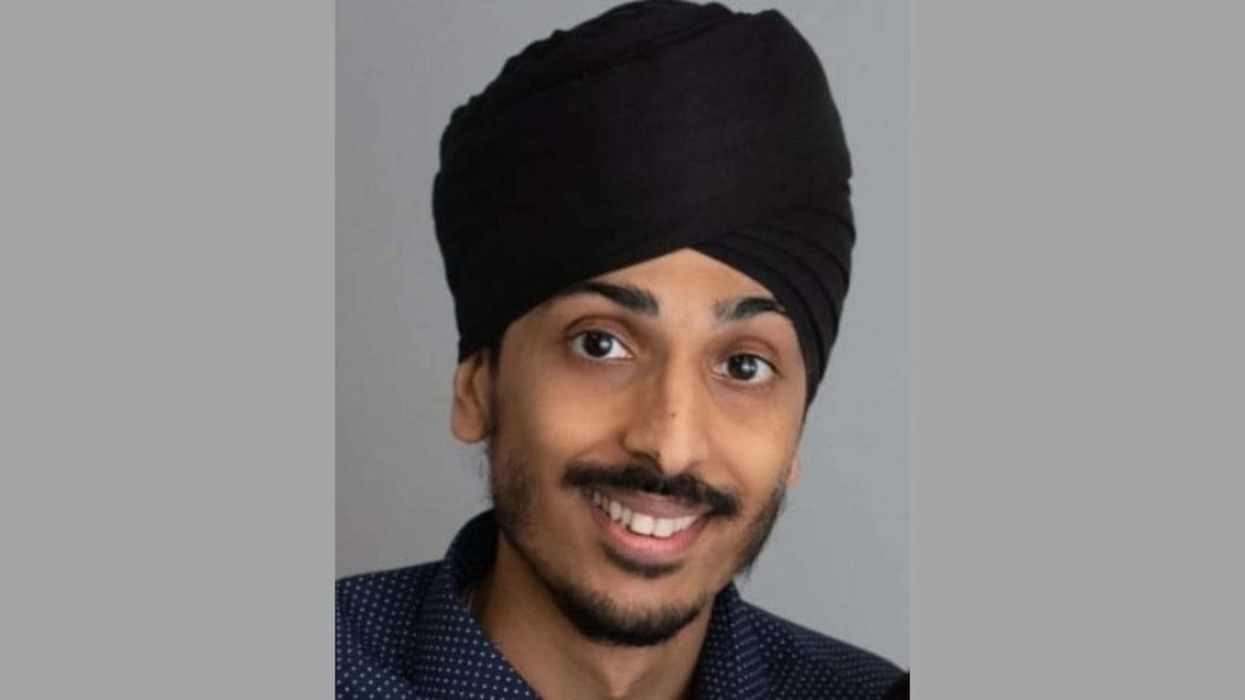by LAUREN CODLING
THE British government has implemented new measures to tackle worrying statistics of childhood obesity, as health professionals warn Asians are more likely to be obese and at risk of major health problems.
Plans announced by health secretary Jeremy Hunt last Sunday (24) hope to halve the number of obese children by 2030.
The latest proposals to be consulted by the government body include having compulsory calorie counts on all menus in restaurants and takeaways; banning the sale of caffeine-filled energy drinks to children; limiting the number of unhealthy food adverts shown during children’s TV programmes, and encouraging primary schools to introduce daily physical activities.
Currently, figures show one out of three children is overweight or obese by the time they leave primary school.
Earlier this year, research released by the NHS found that only 16 per cent of children in 2016 consumed five or more portions of fruit and vegetables a day.
When launching the new consultation, Hunt acknowledged the difficulties of protecting children from exposure to unhealthy food options, but said he wanted to reassure parents that the Department of Health recognised a problem within British society and were making moves to address the issue.
“Parents are asking for help – we know that over three-quarters of parents find offers for sugary sweets and snacks at checkouts annoying,” he said. “It’s our job to give power to parents to make healthier choices, and to make their life easier in doing so.”
Sonal Shah, a London-based nutritionist and director of Synergy Nutrition, said although she was aware the government had been addressing the issue for some time, she believed some re-evaluation of certain strategies is still needed.
“Obesity is a pandemic now. [The government] have been trying to [tackle it] for years, but now it’s got to the point where statistics are showing that more and
more children are overweight,” she told Eastern Eye. “Our children aren’t healthy.”
Shah, who has worked as a nutritionist for nine years, recommended that health education surrounding nutrition and healthy diets in schools should be a main priority.
“I think nutritionists should be employed to give talks and workshops in each school around the country,” Shah advised. “The talks I’ve given have been a big success.”
She also suggested parents become more motivated in their efforts to encourage children to learn about healthy diets and exercise.
“Parents need to be role models for their children,” she added. On efforts to introduce calories listing in menus, Shah said it was a good idea as more information should be available to people who want it.
“People are becoming savvier,” she added. “But we should note that it is more about balance. Calories are one thing, but food composition is also very important.”
Dr Angela Donin, a lecturer in epidemiology at St George’s, University of London, shared Shah’s sentiments but believed much stronger action by the government, food manufacturers and retailers is needed.
“[They need] to reduce the energy content of many processed foods and drinks directed at children, and to reduce their regular consumption,” Dr Donin told Eastern Eye.
In a previous bid to curb unhealthy eating in the UK, the government recently implemented a sugar tax on fizzy drinks.
The tax, introduced in April, means that prices for more sugary drinks are at a higher cost to consumers.
For instance, the price for a standard can of regular coke was increased by approximately 8p for a 70p can.
Dr Donin also noted the higher risks in Asian communities of health problems.
“The risks of type 2 diabetes are high in south Asian people in the UK, and obesity is an important risk factor for that,” she remarked. “So, preventing and managing obesity is particularly important in the South Asian community – we know that if you are overweight in childhood, you are more likely to be overweight in adulthood.”
A study released last November found that South Asian children were the most likely to be obese in the UK.
Shirley Cramer, chief executive for Royal Society of Public Health (RSPH), said the childhood obesity epidemic the UK is currently facing could spell disaster for health care services in years to come.
“Disease and illness related to obesity are expected to cost the NHS £10 billion per year by 2050,” she said.
In a report by The Lancet medical journal last October, it was reported there are 10 times as many obese children and teenagers in 2016 than in 1975, with around 74 million obese boys aged 5-19 worldwide.
When contacted by Eastern Eye, a department of health spokesperson said they were aware children from ethnic minorities families are more likely to be overweight or obese, and the inequality gap is increasing.
“Our bold new child obesity plan will benefit every child by helping to reduce their intake of sugary and fatty foods, and getting them moving more in school,” the spokesperson said.
“But we’re also taking targeted action – we’ve asked councils to come up with plans that address inequalities in their area, we’re making fruit and vegetables more affordable for those most in need, and expanding breakfast clubs in schools.”












